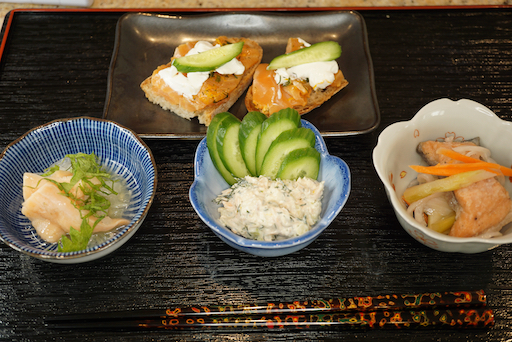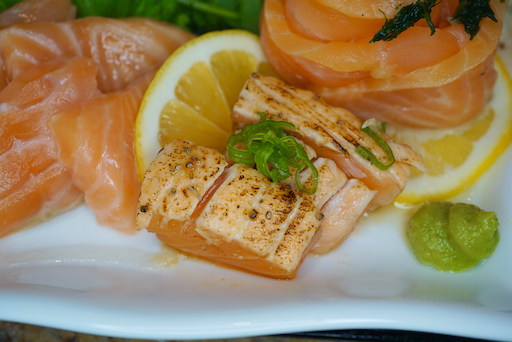Because of Covid-19, and the uncertainty of some food supplies particularly due to the closure of multiple meat processing plants, we were gradually increasing our frozen cache of meat and fish as well as stews and curries made using the stockpiled proteins. One day, I noticed a strange smell when I opened the refrigerator or freezer. I asked our resident "sniffer" who has an uncanny sense of smell and also happens to be my wife to sniff out what was going bad. She said the smell is not coming from food but was an electric-related smell. Not good news! Red alert; the refrigerator/freezer could well be on its way out. We immediately went on line to order a back up small stand alone freezer to save all the food we had just stock-piled. Apparently, with everyone else stocking up on food in case of a shortage small stand alone freezers were in high demand and absolutely none were to be had. Some sites specified how to order; pick out the model you want, pay for it in full and your name would be then be put on a waiting list. No expected delivery time indicated. We finally ended up placing an order for a small stand up freezer which would not arrive for at least 6 weeks. (We always seem to be on the trailing edge of these things). (And wouldn't you know that if the fridge is going to fail it would be at a time like this-- just after you have fully stocked it.)
The refrigerator limped along for a day or two with the smell seeming to disappear only to return. One morning, I came into the kitchen and there was a puddle of water on the floor coming from the freezer side of the fridge. I realized it had happened; the fridge was kaput. I checked the frozen food. Many of the meats and fish luckily, were still frozen. Since the back-up freezer had not yet arrived, I quickly recommissioned a small stand-up freezer in which my wife keeps speciality flours for baking, from a baking freezer to a meat freezer. I removed all the flour and replaced it with the meat and fish. It all fit.
Unfortunately many of the Japanese items were on the top shelf of the freezer and had already almost completely thawed by the time I got to them. Among the Japanese fish packages was "eel" kabayaki うなぎの蒲焼. So, that evening we had unexpected "Eel" feast. I started with "Wu-zaku" 鰻ざく. This is warm grilled eel with eel sauce topped with cool slices of cucumber in vinegary dressing. I suppose the contrast of warm, oily, soft, sweet and salty eel with cold crunchy cucumber with vinegar dressing is the main attraction of this dish.
I first made cucumber topping.
Ingredients (2 small servings)
One American mini-cucumber, sliced, salted, left for a short while then squeezed to remove the excess moisture
1/2 inch ginger root, skin removed and finely julienned
For dressing
2 tbs Japanese dashi broth
1tbs rice vinegar
1 tsp mirin
1 tsp light colored soy sauce
Chill the cucumber topping in the fridge until just before serving.
Frozen package of eel kabayaki, thawed (whether accidentally like this time or intentionally). I used half for this dish, cut into pieces shown below).
Assembly:
I heated up the eel pieces in a toaster oven (I used toasting function at the highest).
Put the eel pieces on a small plate.
Top it with the cucumber.
Of course, cold sake was called for. Although we still like "Mu" which has been our house sake for a long time, we switched to "Tengumai" as seen below. This daiginjou has a bit more complexity than "Mu" and, at
Tippsy sake, Tengumai is less expensive than "Mu".
This was followed by a few more items and we had eel donburi or "unadon" うな丼 as a "shime" ending dish with
golden thread eggs 金糸卵. My wife is often leary of the multiple small bones in eel. From experience she found that big pieces of eel such as the kind used in donburi often have numerous hidden small bones but usually the pieces used in sushi do not. She even went so far as to call eel donburi "toothbrush buri". And after several bad experiences in Japan actually stopped ordering eel dunburi. This time she was quite happy to discover that although the piece was quite large, it was sushi quality and didn't have any small bones. It was one of the best eel dunburies ever.



















































